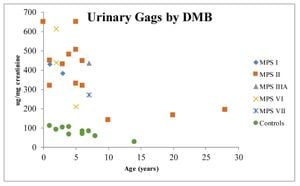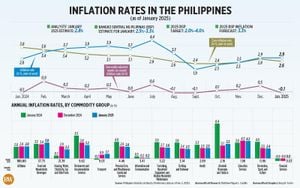The Australian housing market is experiencing significant shifts as the dynamics of buying and selling homes evolve amid economic pressures. Reports from Domain reveal widespread decreases in property prices, highlighting concerns about affordability and buyer behavior across the nation.
According to the latest quarterly report covering December, the data indicates the steepest declines are occurring at various levels, with some regions witnessing prices dropping substantially. Nicola Powell, head of research and economics at Domain, notes this trend reflects changed buyer behavior rather than purely diminished demand. "What we're seeing is a decrease in buyer urgency, not necessarily the demand vanishing. It’s more about buyers delaying their decisions largely due to affordability constraints brought on by higher prices," Powell elaborated.
Sydney, often deemed Australia’s priciest housing market, recorded its second consecutive quarterly price decline. The average home price fell by 0.1 percent to AUD 1,645,444. This marks the first time Sydney has seen consecutive quarterly decreases for two years, emphasizing the intense pressures facing prospective buyers.
Interestingly, some suburbs within Sydney show more drastic declines. For example, the suburban region of Crows Nest saw prices become more accessible after dropping 22.1 percent, averaging AUD 818,000. These changes indicate potential opportunities for first-time homebuyers who have long found Sydney's prices prohibitive.
The Gold Coast has not been exempt from price declines either, with areas like Biggera Waters experiencing price cuts of up to 22.4 percent annually, bringing the average down to AUD 660,000. Similarly, Clear Island Waters saw its average home prices drop by 21.1 percent to AUD 1.4 million, signaling not just changing trends, but also the shifting preferences of buyers who are increasingly inclined to seek value and affordability.
Despite these overall downward trends, there are pockets of growth, particularly apparent in Melbourne. Powell highlights how unit prices increased by 2.1 percent—the first significant rise seen over the past 1.5 years. This resurgence is attributed to heightened buying activity among first-time homebuyers who are slowly returning to the market after several years of stagnation. Powell remarked, "Melbourne has surprised us; this market has underperformed since 2020 but is now seeing growth. It reflects increased values over time and specific incentives for first-time buyers."
Chadstone, another suburban area, reported improved affordability with unit prices dropping by 33.3 percent to AUD 505,000, indicating broader market corrections are underway. Sunshine, too, is adjusting with prices falling by 18.9 percent to around AUD 450,000, showcasing the broader shifts affecting even regional areas.
While Hobart and Canberra present diverse dynamics, Hobart recorded the largest drop among capitals with residential units decreasing by 1.5 percent to AUD 528,220. Notably, prices for homes are on the rise, climbing 4.6 percent during the same period. This disparity suggests varying market conditions across different locations, making it imperative for buyers to be informed about these differences.
Canberra stood stable without noticeable fluctuations, but prices significantly dropped by 22.2 percent for homes in the suburb of Denman Prospect, averaging at AUD 1,015,000. This reflects how suburban markets are being influenced differently compared to metropolitan centers.
Looking toward the future, Powell remains cautiously optimistic. With overall annual growth stalling at its lowest since September 2023 and rising affordability concerns, she posits the potential for new opportunities for buyers, especially as supply increases, particularly in larger cities. “Year 2025 is set to be intriguing,” she predicted. "The slowly improving economic conditions of 2024 will continue influencing the early part of 2025. But what remains to be seen is how rate hikes from the RBA (Reserve Bank of Australia) will affect the trends."
Despite the various fluctuations, the overall sentiment suggests buyers may find themselves entering the market at a time when negotiation power shifts back to them.
The narrative of the Australian housing market continues to evolve, driven by external economic pressures, shifting buyer trends, and the complex interplay of local conditions. For potential buyers, these changes could mean new opportunities for entry, albeit with continued careful consideration of market dynamics at play.



